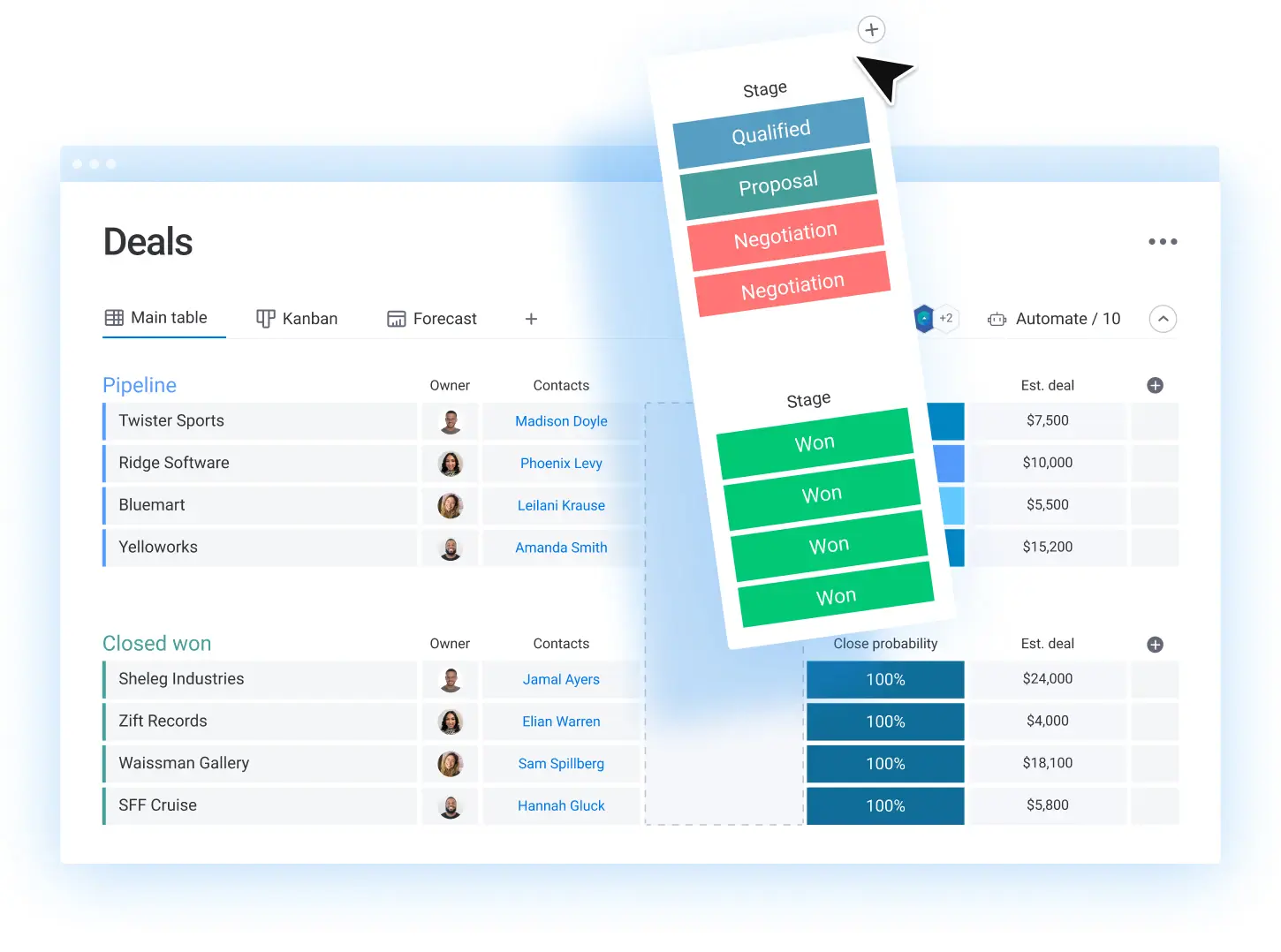
In 2025, the landscape of digital marketing will be profoundly influenced by the rapid adoption of mobile technology. Mobile-first advertising is not just a trend; it is a necessity for businesses aiming to connect with consumers effectively. With over 70% of online searches conducted on mobile devices, companies must prioritize mobile-first strategies to stay competitive in the USA market.
As mobile devices increasingly become the primary means of accessing the internet, marketers must shift their focus from desktop-first approaches to mobile-first strategies. This shift is driven by changing consumer behavior, with users expecting seamless experiences on their smartphones. The mobile-first indexing introduced by search engines like Google emphasizes the importance of optimizing websites and advertisements for mobile devices.
Successful mobile-first advertising involves several key elements:
Understanding consumer behavior is crucial for effective mobile-first advertising. Research shows that by 2025, more than 80% of consumers will prefer shopping via mobile apps rather than traditional websites. This highlights the importance of developing mobile-friendly platforms that enhance user experience and drive conversions.
Data analytics will play a pivotal role in shaping mobile-first advertising strategies. Marketers can leverage data to understand user preferences, behaviors, and trends. By analyzing metrics such as click-through rates, conversion rates, and user engagement, businesses can refine their advertising strategies to better meet the needs of their target audience.
Social media platforms are integral to mobile-first advertising strategies. With billions of users accessing social networks via their smartphones, businesses must create content that resonates with mobile audiences. Platforms like Instagram, TikTok, and Snapchat provide unique opportunities for brands to engage users through visual storytelling and interactive content.
In 2025, social media advertising will continue to evolve. Marketers should stay updated on emerging trends such as shoppable posts and augmented reality ads, which enhance the shopping experience and drive sales directly through mobile platforms.
While the advantages of mobile-first advertising are significant, there are also challenges to consider. One major challenge is the high level of competition in the mobile advertising space. With numerous brands vying for consumers' attention, creating compelling and unique advertising content is essential.
Another challenge is the need for continuous adaptation. As technology evolves, so do consumer preferences and behaviors. Marketers must remain agile and willing to adjust their strategies in response to new trends and emerging technologies.
To remain competitive in the USA market in 2025 and beyond, businesses should focus on future-proofing their mobile advertising strategies. This includes:
In conclusion, mobile-first advertising is set to dominate the marketing landscape in the USA by 2025. Businesses must adapt their strategies to meet the evolving needs of consumers who increasingly rely on mobile devices for their shopping and browsing experiences. By focusing on key elements such as responsive design, local targeting, and engaging ad formats, marketers can create effective mobile-first campaigns. Embracing data analytics and leveraging social media will further enhance these strategies, allowing brands to thrive in the ever-changing mobile advertising ecosystem.
Emerging Technologies in Roofing: How USA Companies Are Adapting by 2025

How Rehab Centers in the USA are Adapting to Substance Abuse Trends in 2025

How Accident Attorneys are Adapting to Changes in Personal Injury Law by 2025

Navigating the Mortgage Loan Process in the USA: Tips for First-Time Homebuyers in 2025
How AI is Transforming Online Advertising Strategies in the USA by 2025

Boost Your Small Business Success: The Role of CRM Software in the USA's 2025 Market
Saving Accounts vs. Money Market Accounts: Which is Best for You in 2025?
The Future of Online Advertising in the USA: Trends to Watch in 2025